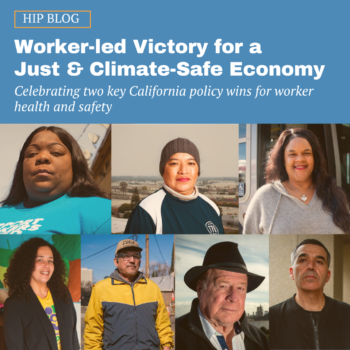| By Logan Harris |
One year after Michael Brown was killed by police officer Darren Wilson in Ferguson, Missouri, galvanizing the Black Lives Matter movement, the role of housing segregation in perpetuating racial injustice is in the news. Residential segregation is one of the major mechanisms that produce racial health disparities in the United States, but there is some reason for optimism that new national policy efforts will challenge ongoing segregation.
Last month, the U.S. Department of Housing and Urban Development (HUD) announced the Affirmatively Furthering Fair Housing (AFFH) rule. This rule comes on the heels of the Supreme Court’s June decision that affirmed the legal rights of plaintiffs to challenge housing policies with racially “disparate impacts” – without being required to show that racial discrimination was intentional. A non-profit called the Inclusive Communities Project brought the suit against the state of Texas Department of Housing and Community Affairs, arguing that Texas was allocating too many of its federally funded tax credits for affordable housing -housing for low-income, predominantly Black residents- to developments in poor, urban neighborhoods. This decision in turn came shortly after the release of a study out of Harvard’s Department of Economics, showing that moving from a high poverty to a low-poverty neighborhood as a young child led to measurable benefits in adulthood. These included better educational outcomes and higher incomes – two of the strongest predictors of health outcomes.
With these findings in mind, the AFFH rule is designed to reduce racial and economic residential segregation, and work towards achieving the unfulfilled promises of the 1968 Housing Act, so that more children gain the benefits of living in high opportunity, low poverty neighborhoods. AFFH asks cities to generate plans for reducing segregation, and connects municipalities to HUD data and support to design and implement these plans. This Supreme Court case, and HUD’s policy response, will be equity wins if they can open up some of America’s wealthy, exclusionary and generally White neighborhoods to affordable housing development. Policy conversations about racially concentrated poverty have too often veered towards pathologizing poor Black communities – created through decades of explicitly racist housing policies – without examination of the processes of exclusion that create concentrated affluence. Sociologist Patrick Sharkey writes forcefully that,
“Living in predominantly black neighborhoods affects the life chances of black Americans not because of any character deficiencies of black people, not because of the absence of contact with whites, but because black neighborhoods have been the object of sustained disinvestment and punitive social policy since the emergence of racially segregated urban communities in the early part of the 20th Century. Residential segregation has been used consistently over time as a means of distributing and hoarding resources and opportunities among white Americans and restricting resources and opportunities from black Americans.”
This “hoarding” creates racially concentrated areas of affluence, dominated by White residents. And these communities receive plenty of government housing subsidies, in the form of mortgage interest tax deductions. One of the ways that rich White neighborhoods maintain their boundaries is through zoning restrictions that make it difficult if not impossible to construct affordable multifamily housing (whether subsidized or not.) Hopefully the AFFH can work towards ensuring that some of these neighborhoods become more racially and economically inclusive.
But some have responded to AFFH as if it’s an indication that building affordable housing in high poverty neighborhoods is necessarily wrong. It’s true that housing alone will not reverse “sustained social disinvestment” in poor Black communities, nor will it transform a punitive criminal justice system into one designed to support health. But good housing combined with sustained and comprehensive investment in public services – services that focus on community well being rather than punishment and incarceration – could work to ensure that people who do live in these neighborhoods also have the opportunity to live healthy lives. Furthermore, as previously high poverty urban neighborhoods across the United States gentrify, permanent affordable housing means that low-income families can stay in these neighborhoods and actually gain some of the benefits of new investments. Building racial and economic health equity will require both approaches – dismantling the policies that allow resource-rich places to exclude poor people, but also directing resources to communities that need them the most.




